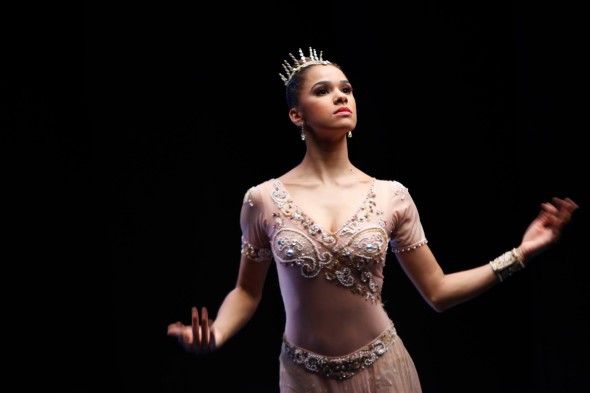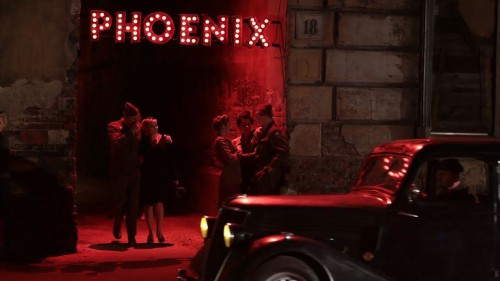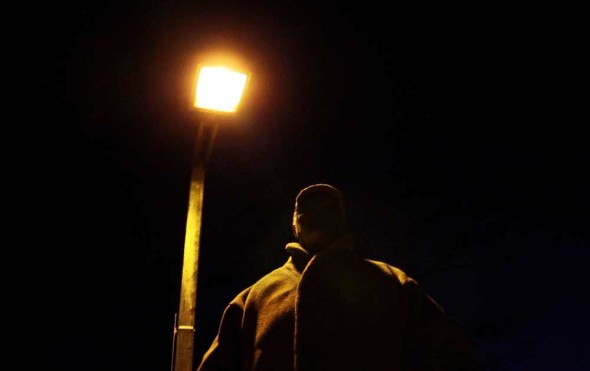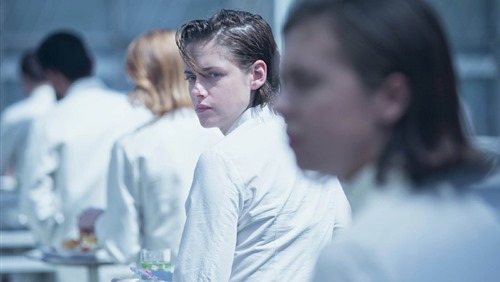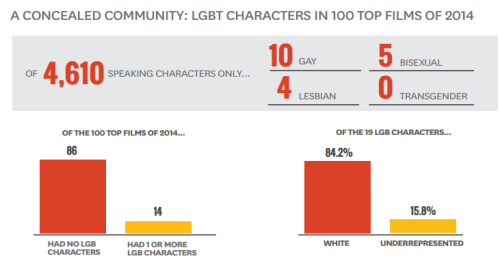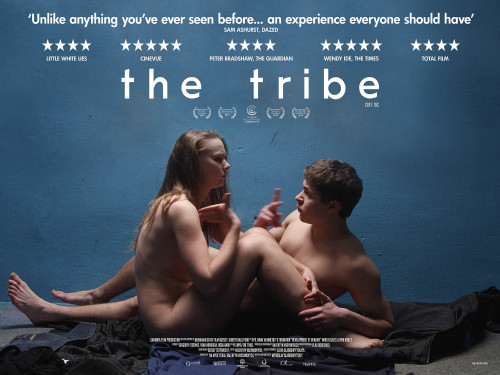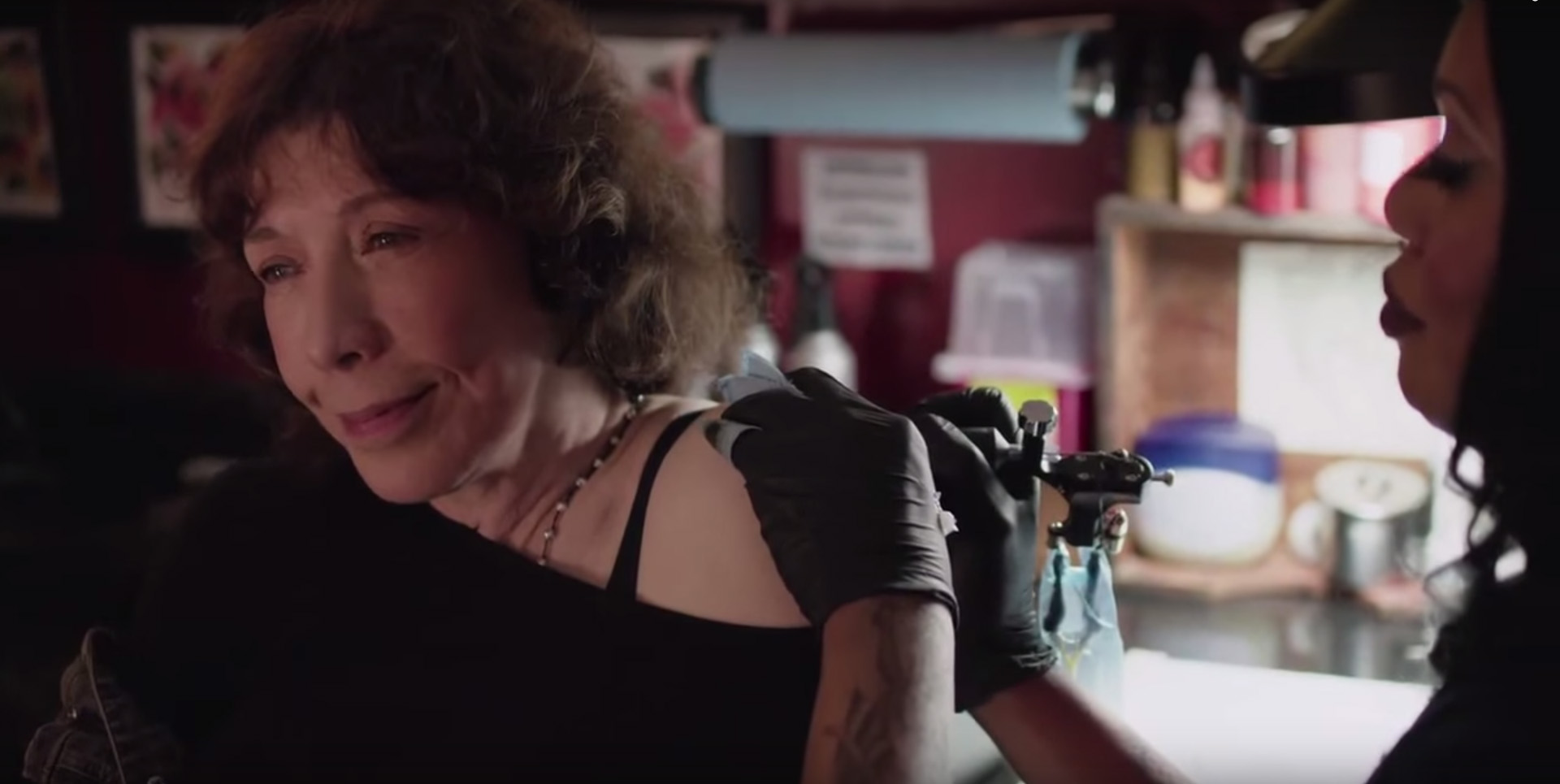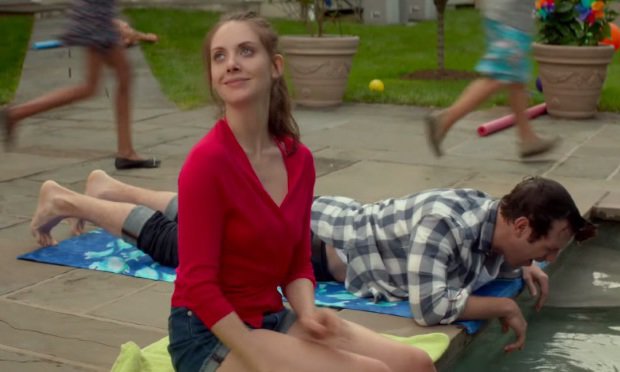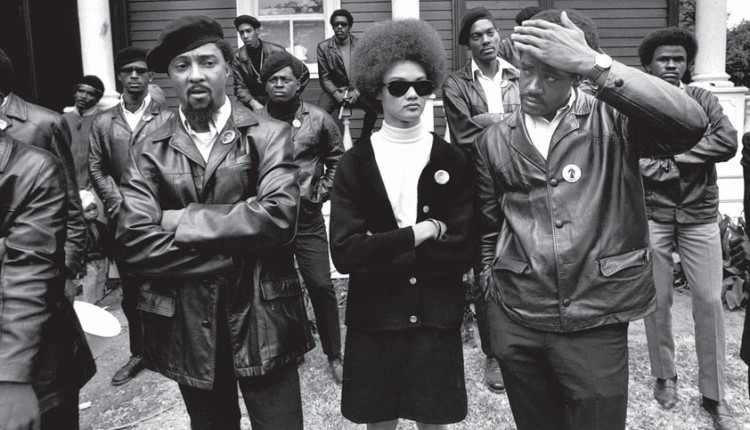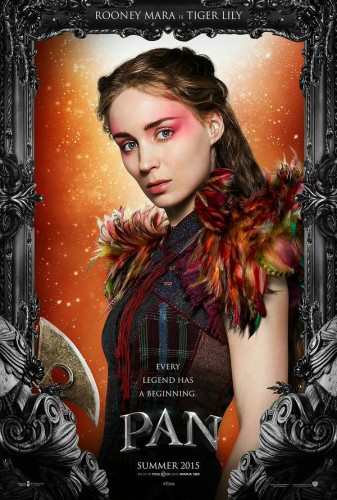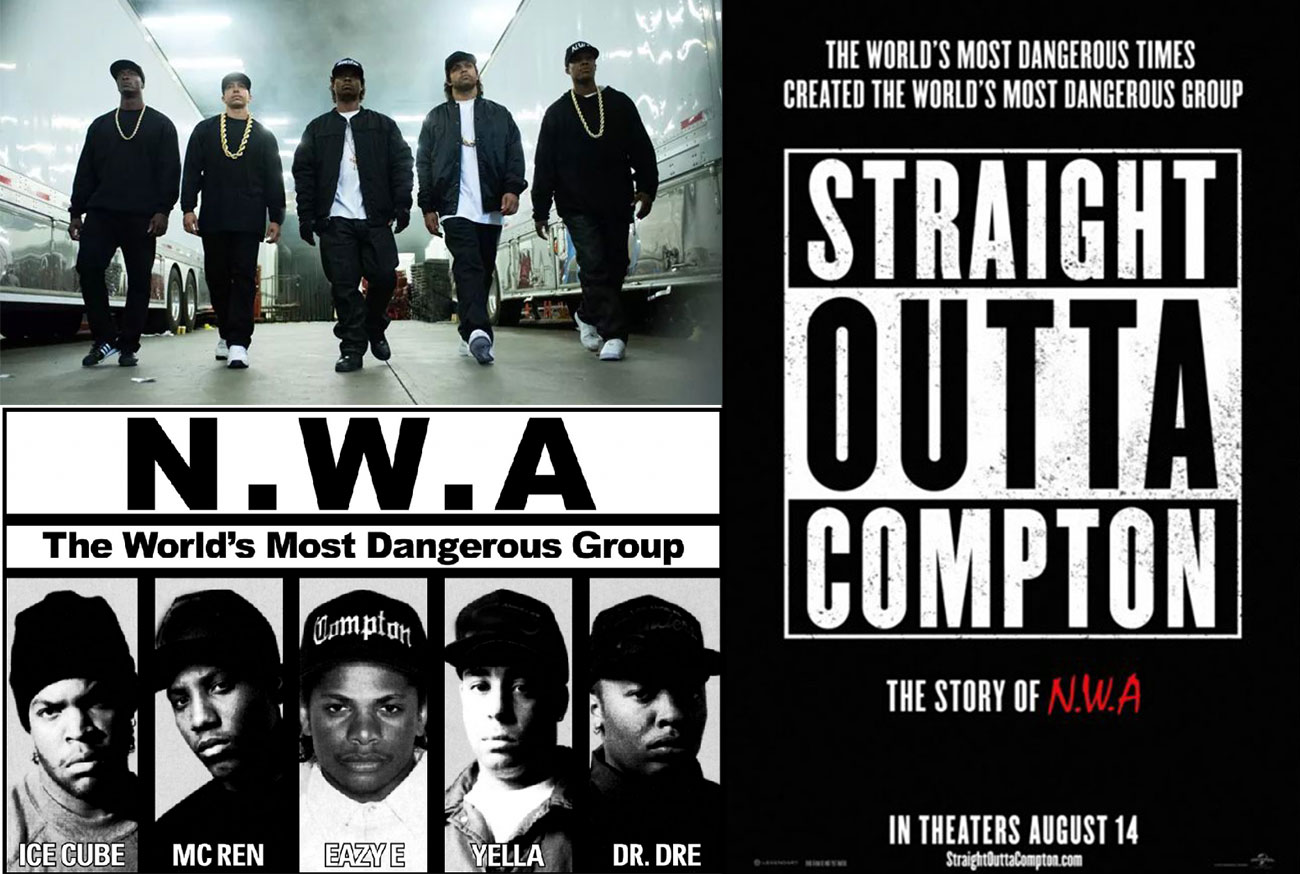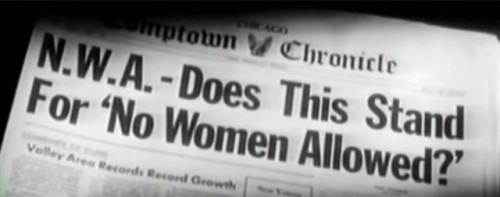When I was growing up in the ’70s and early ’80s, opera, classical music and ballet were part of mainstream culture in a way they aren’t today. Although I had no interest in opera, I knew who sopranos Beverly Sills and Leontyne Price were, the former because she was a favorite on talk shows, the latter because she’d made a special appearance on The Odd Couple. Classical concerts aired regularly on PBS and NPR, often simultaneously so fans, like my father, could listen to the music on a stereo instead of through tinny, built-in TV speakers. Ballet dancer Rudolf Nureyev was in movies and like other famous people of the era was photographed at the infamous disco, Studio 54. Mikhail Baryshnikov, besides having a burgeoning acting career also starred in more than one prime-time, network-TV dance special.
Although ballet centers many of its works on ballerinas (thanks in part to New York City Ballet founder and choreographer George Balanchine), women dancers in the ’70s were less well-known to the general public; one year Gelsey Kirkland (who became better known for her eating disorder and cocaine addiction) was in the spotlight, then Leslie Brown, who played a supporting role opposite Baryshnikov in the ballet film The Turning Point was. A few years later Natalia Makarova (who had been Baryshnikov’s dancing partner) won a Tony for playing a Russian ballerina in a Broadway revival of On Your Toes. We haven’t had a classical star whom most TV audiences could identify for a long time–and we haven’t had a ballerina they would recognize for even longer. Misty Copeland, the focus of the new documentary, A Ballerina’s Tale (which is directed by Nelson George and started its run in theaters this week) was recently promoted to principal dancer with the American Ballet Theater and with her viral Under Armour commercial (which had a nice body-diversity message)–as well as an autobiography and talk show appearances–might turn into a ballerina the general public knows and loves, the first in decades.
We meet Misty as she is still trying to become the first Black woman principal dancer in the American Ballet Theater (when the film was shot she was still a “soloist”). The film glosses over the disputes between her family and her then-mentors in the years before she came to New York, though we do see some early home video footage of her dancing in California with her voice-over telling us, “I first discovered ballet at 13.” She started considerably later than most ballerinas do, but her talent was obvious even then.
In the present day we see Copeland at the barre but also in street clothes walking around New York or the cities the company tours. Much like Serena Williams has changed what a women’s tennis champion is supposed to look like, Copeland is changing what a prima ballerina looks like. Her face and hair are similar to many other ballerinas, as well as her petite size and extremely low body-fat, but she also has highly defined muscles in her arms and shoulders and bulging, powerful thigh muscles visible through the leggings she wears outside the studio. Her body is also much curvier than what we think of as a “ballerina build.”
Management at ABT saw that Copeland was struggling early in her time in New York where she had no family (unlike most other ballet dancers, no one in her family had the resources to move to New York City with her) and no other Black dancers in the company to talk to. ABT board member Susan Fales-Hill who says of Missy, “She always stood out. She had what you can’t teach and you can’t learn. She had a fire,” was asked to mentor Copeland. Fales-Hill wisely introduced Misty to many who were the first Black women in prominent roles in their respective fields–which helped give Copeland a perspective of her position–and also gave her folks who could prepare her for being the “first” too. So many films about artists seem to focus on the white, male artist achieving alone, but this documentary shows what many of us know from real life, that artists need support systems in place–and women and people of color often have to build their own.
In one of the best scenes we see 80ish former ballerina Raven Wilkinson, a star in the Ballet Russe in the ’50s (eventually she went to Europe to dance because in the Jim Crow South she was barred from staying in hotels with the white dancers). She and Copeland hold hands across their bodies ballet-style and as Wilkinson hums the Swan Lake score they both go through the same head movements of the lead role, which each played decades apart.
At age 29, Copeland’s career seems to be taking off; she plays the lead in The Firebird and is prominently featured in the banners and posters for the performances, but she suffers an injury (stress fractures on her tibia) that requires surgery and a long recovery period. Here we really get a sense of what a dancer has to go through to get her body to do her bidding. Along with the usual stretching, massage and manipulation we see Missy endure difficult therapeutic exercises and a painful looking encounter with a chiropractor. She makes her first return to performance in a non-taxing, guest role. When she comes off stage, she tells the camera, “I’m glad that’s over.”
As Copeland and other dancers interviewed attest, ballet is a “crazy perfectionist” profession with pain, sweat and strain the norm in performances that are supposed to look effortless. George underscores the force and strength needed by letting us hear the insistent soft tap of Misty’s toe shoes hitting the floor when she dances in rehearsal, a sound usually drowned out by an orchestra.
A white director probably would have left out much of the talk of racism in ballet, but hearing it discussed openly as an obstacle to be overcome, is refreshing. Fales-Hill asks directly,”Where are the Black ballerinas?”
Victoria Rowell, an actress who had her start in ballet says she was simply never promoted in the New York City Ballet while her friends, white dancers at her level, were. She states that Balanchine (who was still in charge of NYCB at that time and had great influence over all of ballet) once said that a ballerina should have skin “like a freshly peeled apple,” which not only leaves out Rowell (and Copeland) but also slights the first ballerina Balanchine choreographed his version of The Firebird around: Maria Tallchief was Native American (and his third wife!)
This film could use more footage of Copeland dancing–and in the scenes where she is dancing (or rehearsing) the camera is either too close, so we don’t see her whole body or too far away, so we don’t see the emotion on her face. Logistics of filming dance are always challenging, but La Danse, Frederick Wiseman’s documentary about the Paris Opera Ballet, as well as Wim Wenders 3-D game-changer, Pina, are excellent blueprints. Although George probably didn’t have the budget those films had (Tale is Kickstarter-funded) I wish he had taken some pointers from them.
Still Copeland is a great subject and ballet, like opera and classical music has a rapidly-aging fanbase, a problem we see offset by the many young girls (including girls of color) seeking out Misty for autographs after her performances. Like Serena Williams has done for tennis, Copeland has drawn new fans to ballet from the Black community and beyond.
Copeland is now in her thirties, so her time as a principal dancer will probably last less than a decade. But she has such a warm, lovely screen presence, producers would be wise to put her in front of a camera even when she’s no longer on pointe. But by that time Hollywood will have to chip away at its long legacy of racism, the way we see the ballet world is just starting to do in theirs.
[youtube_sc url=”https://www.youtube.com/watch?v=6Y2h6fz2XzQ” iv_load_policy=”3″]
Ren Jender is a queer writer-performer/producer putting a film together. Her writing, besides appearing every week on Bitch Flicks, has also been published in The Toast, RH Reality Check, xoJane and the Feminist Wire. You can follow her on Twitter @renjender
